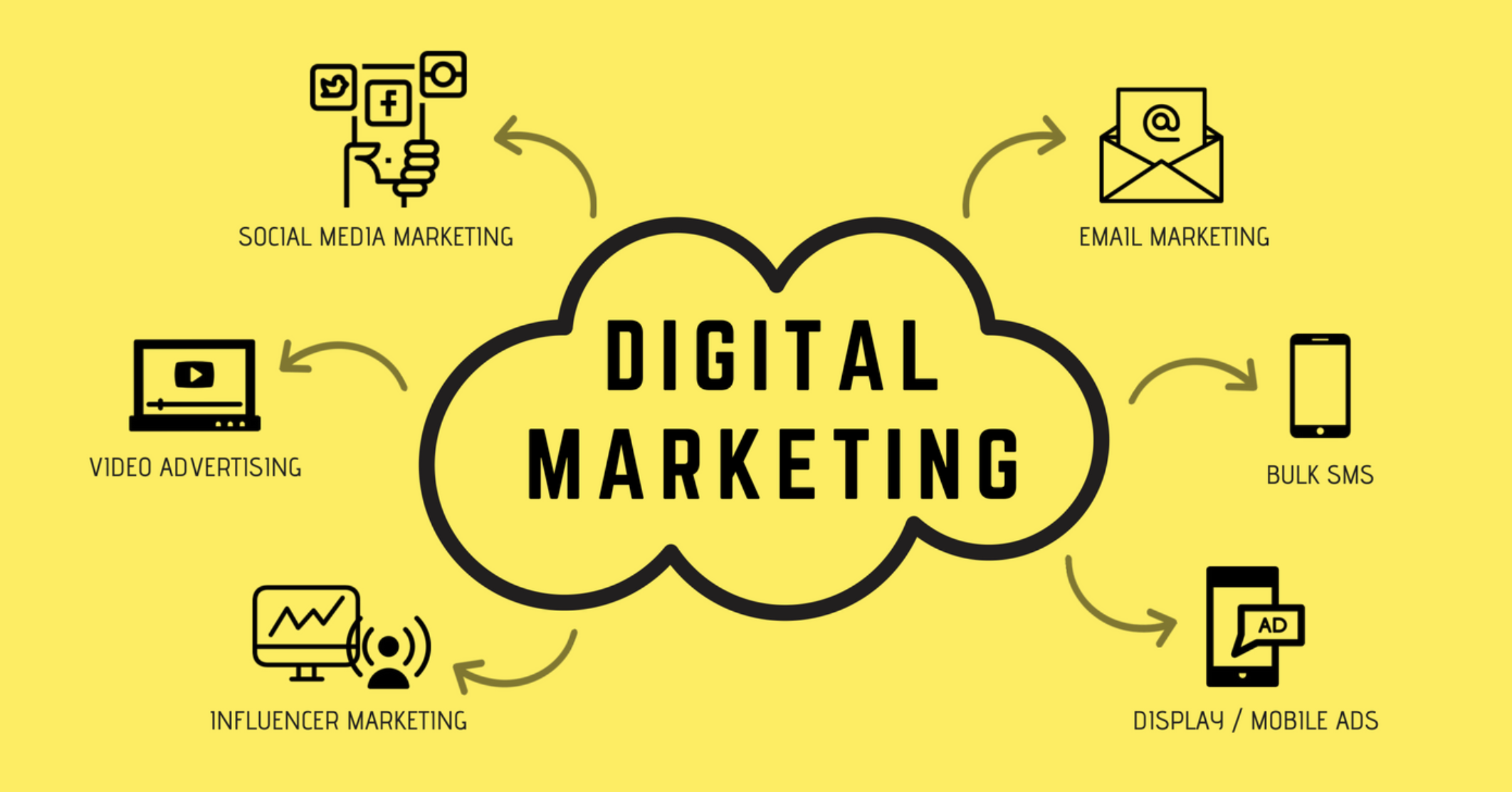
Social media has a significant impact on consumer behavior due to its widespread use, accessibility, and the various ways it influences people's perceptions, decisions, and interactions. Here are some ways in which social media affects customer behavior:
Product Discovery and Awareness:
Social media platforms allow users to discover new products, services, and brands through posts, advertisements, and recommendations from friends and influencers. Users often learn about products they might not have encountered otherwise.
Influence of Peer Recommendations:
Positive reviews and recommendations from friends, family, and influencers on social media can greatly influence purchasing decisions. Social proof, such as likes, comments, and shares, can reinforce a product's credibility.
Influencer Marketing:
Influencers, who have substantial followings and expertise in certain niches, can sway consumer behavior by endorsing products and sharing their experiences. Their recommendations can drive sales and brand loyalty.
Brand Engagement and Customer Interaction:
Social media enables brands to directly engage with customers, answer their questions, and address concerns in real-time. This interaction can enhance customer loyalty and build strong relationships.
Instant Gratification:
Social media platforms offer immediate access to information, entertainment, and shopping. Users can quickly discover and purchase products they find appealing, leading to impulse buying.
Trends and Viral Content:
Social media platforms are hubs for trending topics and viral content. Brands that align their products or marketing with these trends can attract attention and engagement from a wider audience.
Comparison Shopping:
Consumers often use social media to compare prices, features, and reviews before making purchase decisions. This transparency leads to more informed choices.
Visual Impact:
The visual nature of social media platforms like Instagram and Pinterest makes them ideal for showcasing products in an attractive and creative way, influencing users' perceptions and desires.
User-Generated Content (UGC):
Customers often share their own experiences with products through UGC, including photos, reviews, and testimonials. This authentic content can positively impact potential customers' decisions.
Brand Loyalty and Advocacy:
Brands that maintain an active and engaging social media presence can foster a sense of community and loyalty among their followers. Loyal customers may become brand advocates who promote products and services to their networks.
Consumer Feedback and Improvement:
Brands can gather feedback, suggestions, and complaints from customers through social media. This feedback loop can guide improvements and help tailor products to customer preferences.
FOMO (Fear of Missing Out):
Social media's constant stream of updates can create a sense of FOMO, driving consumers to make purchases to avoid feeling left out of trends or experiences.
Cultural and Social Impact:
Social media can amplify cultural and social movements, influencing consumers to support brands that align with their values and beliefs.
Purchase Intent and Action:
Social media's integration with e-commerce features allows users to make purchases directly within the platform, reducing friction between interest and purchase.
Overall, social media shapes consumer behavior by offering information, social connections, entertainment, and the convenience of online shopping—all within the same digital space. Businesses that effectively utilize social media can strategically influence consumer perceptions, preferences, and purchasing decisions.